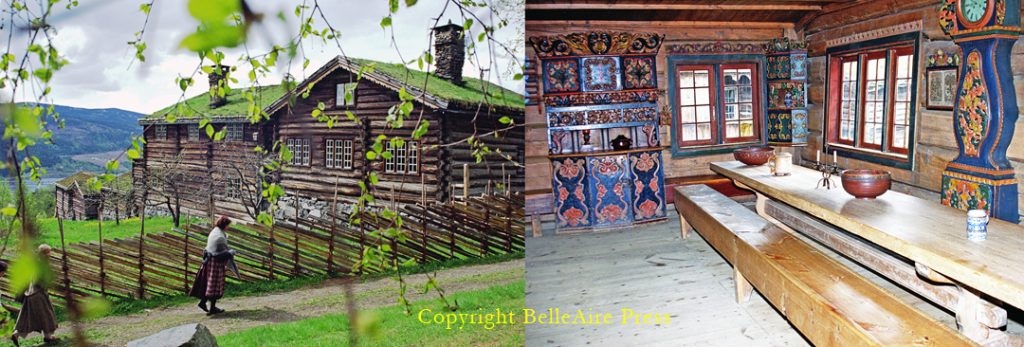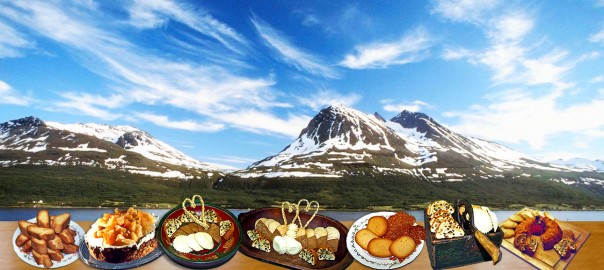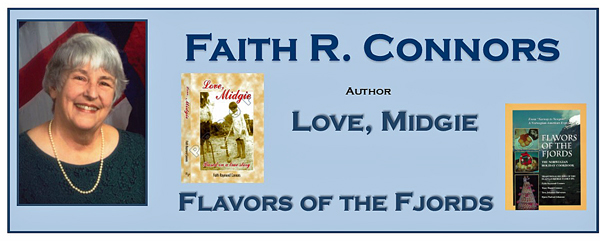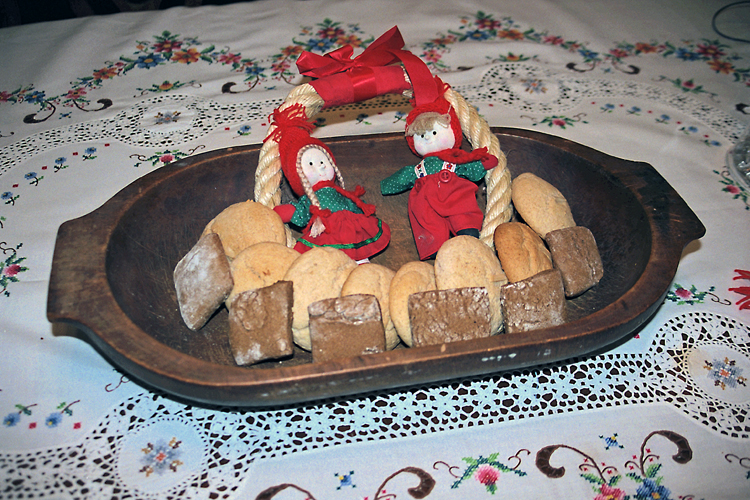
This open-air museum, one of Northern Europe’s largest such museums, showcases more than 200 buildings from different eras of Norwegian history.
It is Norway’s largest such Museum outside of Oslo and is one of the largest cultural facilities in Norway.
Is it:
Folldal bygdetun, Uppigard Streitlien

The farm Bjørnstad at Maihaugen, the Norwegian folk life museum at Lillehammer. The farm reflects the architecture of the North Gudbrandsdal valley and the older style of Norwegian farm buildings or gård.
In 1901, the town of Lillehammer offered dentist Anders Sandvig a permanent site for his growing collection of traditional buildings. The collection now includes over 200 buildings, artifcats, furniture, tools and ornaments extending to the Middle Ages.
Maihaugen and many other treasures of Norway are highlighted in color in the new, e-book edition of Flavors 2018 ePub Edition…
“Flavors of the Fjords” is a combination of cookbook and family history assembled by the Fladvad and Bjørke family. The book may be the most detailed history of a Norwegian-American family yet published, and it serves as a model of what many Norwegian-American families could do to preserve knowledge of their past and the stories of their ancestors’ immigration.”
News of Norway, Norwegian Embassy, Washington, D. C.
- Flavors of the Fjords is the largest, most comprehensive history of any Norwegian-American family yet prepared, including authentic, traditional holiday recipes, travels, photographs, and correspondence, over 400 pages (depending on browser used).
- Explore and Celebrate Norway’s history, culture, and breathtaking beauty.
- Follow the Fladvad and Bjørke family through over 400 years of illustrated history and documented survival. “…the most detailed history of a Norwegian-American family yet published…”
- Family history is interwoven with fascinating images of Norwegian “must-see” locations such as Maihaugen, and social history, including explanations of Norwegian Holiday traditions and customs, many of them kept alive to this day by millions of Norwegian-American families.
- Share and understand the Norwegian-American Experience from Norway-to-Newport–See the other side of Newport’s Gilded Age through the history and struggles of the Cottrell family.
- Recreate the aromas of your Bestemor’s kitchen at Christmas, National Day, or other holidays, with over 100 authentic, traditional Norwegian cakes and cookies. “History has never tasted so good!”
- Recipes for over 100 holiday cookies, cakes and breads, toppings, and puddings.
- Includes a 1,800-word Norwegian-English glossary, with useful terms for foods and cooking, but also family, kinship, home, and utensils. The Glossary is the first designed specifically to help readers wishing to translate their family Norwegian recipes.
- Numerous links to authoritative external sites provide quick, convenient additional information for e-Publication readers.
- Flavors includes rare letters and photographs from family members describing the trials of life in German-occupied Norway during World War II.
- Recipes are really interesting and fun to read. The Authors have included copious notes on Norway, its people, and its cooking. In addition, many of the recipes pages include period photographs of family members who were connected with the recipe.


